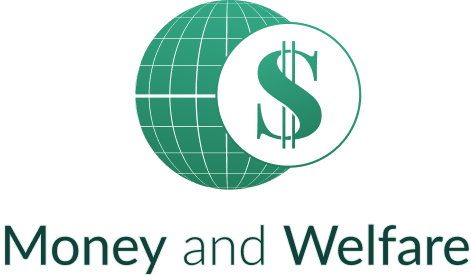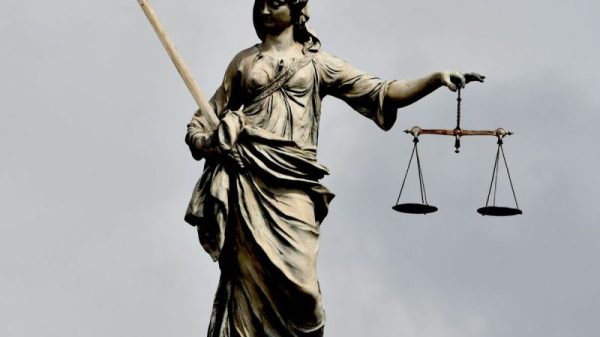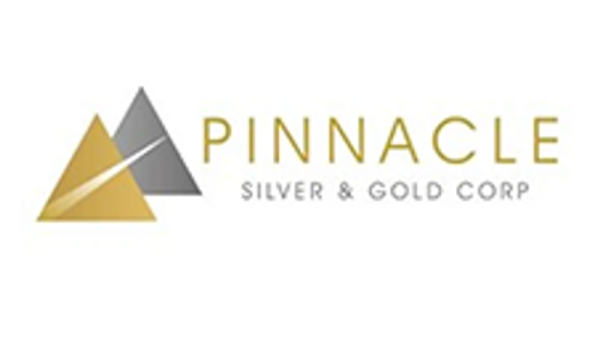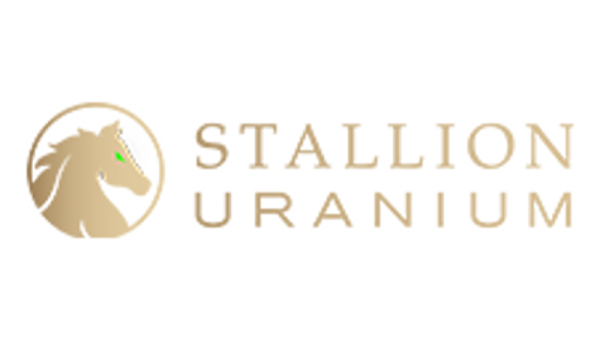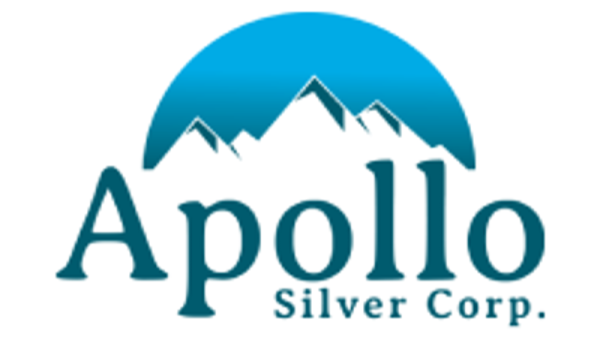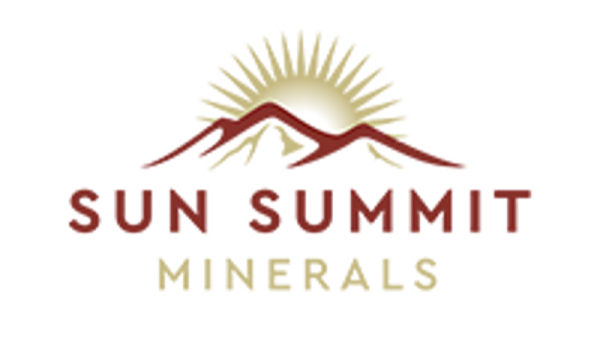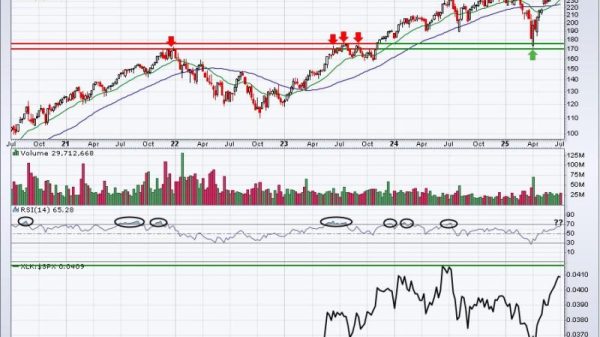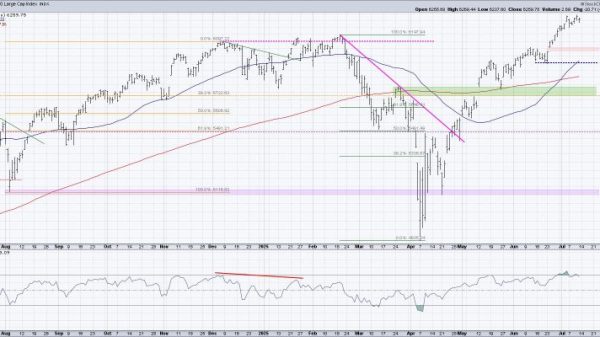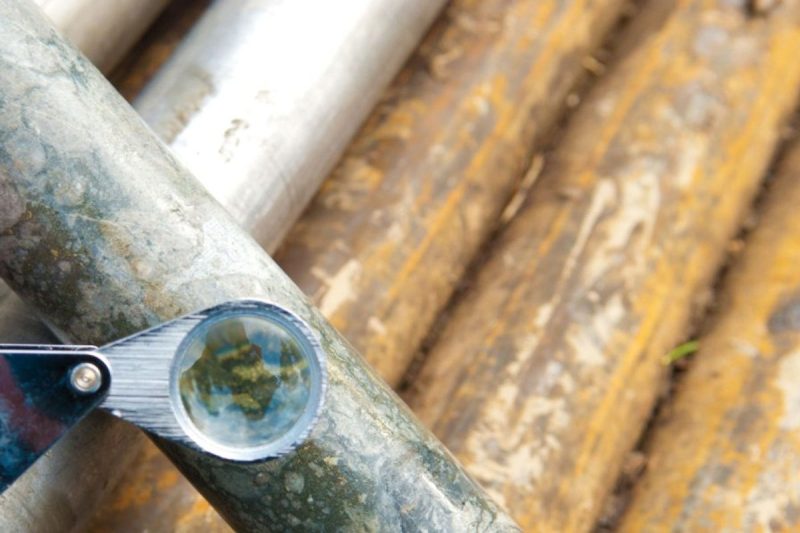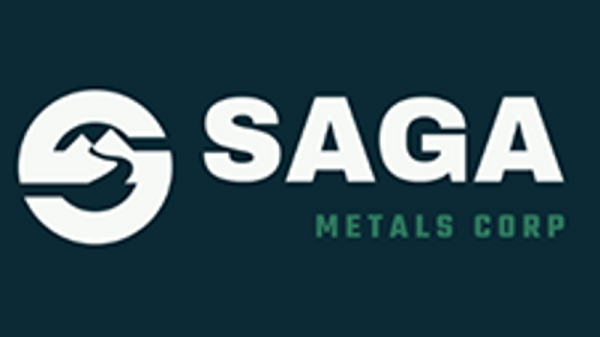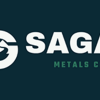When most people think about Québec, they don’t think of tundra, taigas and Arctic wildlife.
Yet that’s exactly what characterizes Nunavik, an area that is situated in the northernmost part of the Nord-du-Québec administrative region and comprises a full third of the province. Much of Nunavik remains unsettled — as of 2021, its roughly half a million square kilometers were inhabited by a little over 14,000 people, the majority of whom are Inuit. That means the land is largely untouched and has preserved its natural beauty.
Yet it isn’t Nunavik’s pristine landscapes that have drawn recent attention. Rather, it’s that the region is rich in critical minerals. Given that in 2022 Québec was identified as the fifth most attractive mining jurisdiction in the world, it should come as no surprise that many mining and exploration companies have flocked to the province.
Between its highly prospective geology and the innovative exploration techniques being leveraged to explore it, Nunavik is a potentially attractive investment target — and one well worth learning about.
What is Nunavik’s mining history?
Although Nunavik hosts considerable mineral wealth, the region also presents a multitude of unique challenges for mining and exploration. Its long, cold winters and subarctic permafrost mean that any mining company looking to establish itself in Nunavik must employ specialized mining, construction and exploration techniques.
For that reason, Nunavik is largely underexplored, although some companies have made strides. Glencore (LSE:GLEN,OTC Pink:GLCNF) subsidiary Glencore Canada currently maintains one of the only operations in the region. Spanning an area of roughly 70 kilometers, Glencore Canada’s Raglan operations consist of three active underground mines and a concentrator. The property hosts some of the richest base metals deposits in the world and produces over 40,000 metric tons (MT) of nickel in concentrate annually, as well as copper, cobalt and various precious metals.
The other operating mines in Nunavik are Canadian Royalties’ Nunavik nickel mines and Tata Steel Minerals (NSE:TATASTEEL) Canada’s Goodwood and Sunny 1 high-grade iron ore mines.
Historic mines in the region include the Persévérance gold-copper-silver-zinc mine, the Troïlus gold-copper mine, the Des Georges copper-silver-gold mine and the Principale copper-silver-gold mine. All of them have now closed down; in fact, the oldest of these mines, Des Georges, opened in 1954 and shut down in 1991.
Nunavik also hosts several advanced mining projects, the most notable of which is Glencore’s Raglan mine expansion project. Torngat Metals has also established a highly prospective rare earths project at Strange Lake, while Oceanic Iron Ore (TSXV:FEO,OTC Pink:FEOVF) holds several iron properties in Nunavik’s Ungava subregion. Lastly, there is evidence that Nunavik may host uranium deposits, but health and environmental concerns have prevented exploration from taking place.
The mining industry has the potential to bring considerable wealth to Nunavik, and with that in mind the Ministère des Ressources Naturelles du Québec, the Kativik Regional Government and the Kativik Local Development Council established the Nunavik Mineral Exploration Fund in 1998. This non-profit organization is geared at encouraging mineral prospecting and exploration, supporting the development of Inuit organizations in the mineral sector and gathering knowledge on the mineral potential of Kativik — the largest regional territory in Nunavik.
In March 2023, Quebec’s minister of natural resources and forestry announced that 41 projects in the Nord-du-Québec region, six of which are in Nunavik, will receive a total of C$1.51 million in funding from Fonds d’Initiatives Nordiques.
The Department of Public Health is responsible for evaluating the environmental and social impact of any mines in Nunavik on an ongoing basis. Additionally, to preserve the region once mines close, the Kativik Regional Government, Makivik and the Ministère des Ressources Naturelles are collaborating on the restoration of several abandoned mining and exploration sites throughout Nunavik, courtesy of the 2007 Fonds Restor-Action Nunavik.
Why is Nunavik attractive as a critical minerals jurisdiction?
It’s no secret that critical minerals are the foundation of the global transition to green energy. Battery metals, for instance, are needed to facilitate the replacement of combustion engines with electric vehicles. Battery metals are a crucial component in other clean technologies too, as are rare earth elements, which themselves are essential to multiple industries.
It’s also no secret that future demand for these resources currently far outstrips supply. In order for the world to fully embrace sustainability, major increases in production are needed sooner than later. After all, the world is rapidly approaching the point of no return for climate change — and every supply shortage represents another roadblock in that regard.
The good news is that mining and exploration companies have considerably stepped up their efforts, leveraging a host of innovative new technologies to help them discover and develop new sources of critical minerals.
KoBold Metals is one company that has been making moves. A privately held exploration and development startup, KoBold was established in 2018 and has backing from Bill Gates’ Breakthrough Energy Ventures, as well as Andreessen Horowitz, a renowned Silicon Valley venture capital firm. Since then, it has been at the forefront of significant mineral discoveries due in large part to the company’s unique approach to exploration and development.
Rather than relying solely on educated guesswork, KoBold combines geoscience with its proprietary artificial intelligence (AI) tool, allowing it to reduce uncertainty and guide decisions at each stage of the exploration process. It was through the use of this tool that KoBold targeted and acquired an 800 square kilometer mineral claim in Nunavik believed to be rich in both nickel and cobalt. The company’s end goal, according to co-founders Josh Goldman and Kurt House, is to transform mineral exploration into a scalable, data-driven science — a pursuit that will prove especially valuable in regions like Nunavik, where finding valuable deposits is akin to searching for a single needle a haystack.
KoBold’s efforts in Nunavik coupled with its intent to build the world’s largest repository of geoscience information have helped put Nunavik on the map for critical minerals, helping to spark attention among companies and investors.
Which mining companies are exploring in Nunavik?
Although it’s a big name, KoBold was hardly the first company to target Nunavik for mineral exploration. Prior to the company’s AI-driven efforts, the region hosted multiple exploration- and development-stage projects. What KoBold hasaccomplished, however, is renewing interest in the projects — and the companies behind them.
Orford Mining (TSXV:ORM), for instance, maintains 100 percent ownership of several promising deposits. Its 390 square kilometer Qiqavik project hosts multiple high-grade gold discoveries, while its 455 square kilometer Nunavik lithium project displays geology similar to known lithium districts such as Eeyou Istchee-James Bay. Orford also owns the advanced-stage nickel, copper and platinum-group metals (PGMs) West Raglan exploration project in Nunavik’s Cape Smith belt.
Midland Exploration (TSXV:MD), meanwhile, is arguably one of the largest mineral exploration companies in Québec. Through both joint partnerships and wholly owned claims, Midland is involved in no less than six exploration projects throughout Nunavik. Minerals covered by these projects include copper, cobalt, PGMs, zinc, gold and nickel.
There’s also Max Power Mining (CSE:MAXX), a company that has recently established itself as a leader in Nunavik’s burgeoning lithium exploration sector. To date, the company has acquired strategic land packages in Raglan West and New Leaf, two of Nunavik’s three primary lithium camps. Later this year, the company intends to collaborate with GroundTruth Exploration to carry out an innovative exploration and drilling program.
Rare earths exploration company Commerce Resources (TSXV:CCE,OTCQX:CMRZF) is another explorer in the region. Situated in North-Central Nunavik, its Ashram deposit hosts a measured 1.6 million MT of rare earth minerals, with 27 million MT in indicated resources and 219.8 million MT in inferred resources. A preliminary economic assessment indicates that the project shows promise even before accounting for its potential fluorspar by-product.
The territory’s Strange Lake area is a highly prospective rare earths zone. This is exemplified by Torngat Metals’ Strange Lake rare earths project, which hosts one of the world’s largest rare earths deposits that includes both light and heavy rare earths. If it reaches production, the asset is expected to significantly bolster Canada’s domestic supply of both light and heavy rare earth elements and become one of the world’s most important non-Chinese suppliers of dysprosium.
Scout Minerals is one of the most recent arrivals to the region, having acquired 100 percent of a large-scale land package covering 1,408 square kilometers in April. The package, which is prospective for spodumene-bearing lithium pegmatites, will soon be the target of an extensive near-term exploration program that includes drill testing of several high-priority targets. Notably, the land package includes claims in all three of Nunavik’s currently identified lithium districts.
Takeaway
Over the next several years, demand for critical minerals is expected to increase significantly. This will, if left unaddressed, significantly impede the global transition to clean energy. Mining companies need to ramp up production and bring new mines online to meet this demand swiftly, and they cannot rely solely on currently producing mines in order to do so.
Through the use of innovative new processes and technologies, underexplored regions like Nunavik may well be key to fulfilling demand for critical minerals. At the same time, both miners and investors must exercise due caution. Any projects established in Nunavik — and indeed, anywhere in the world — must be developed and operated sustainably, or not at all.
